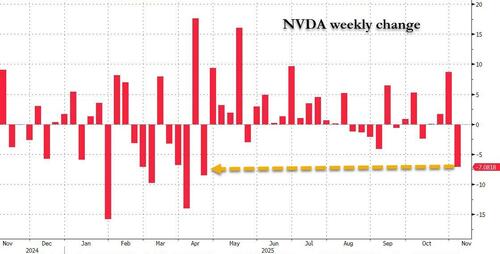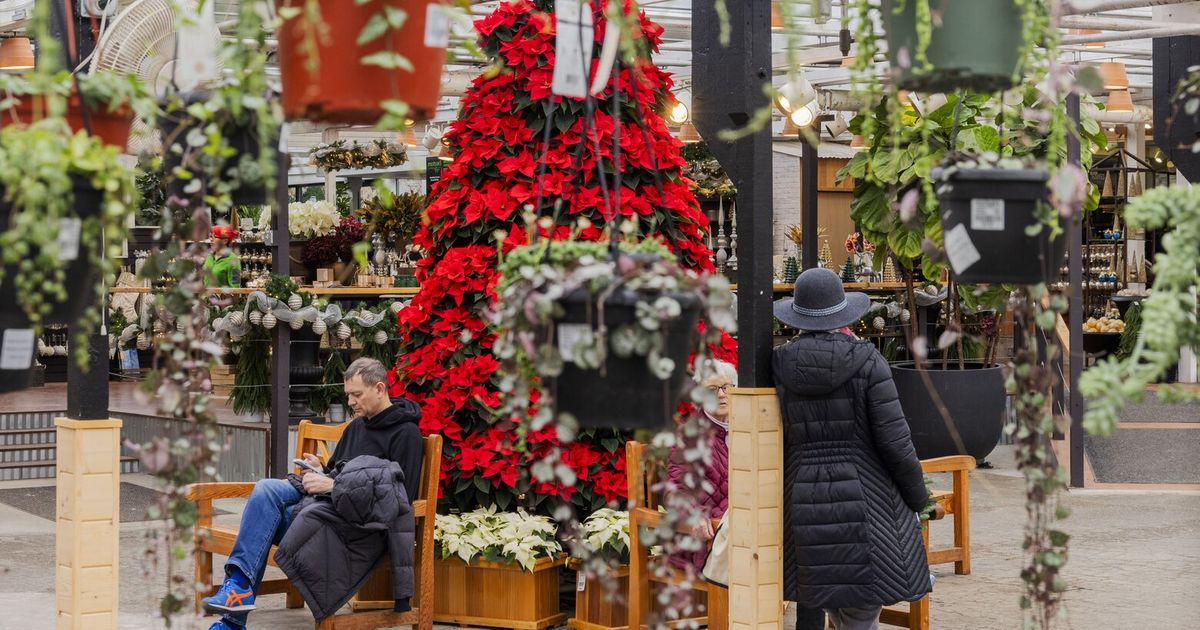Now that we are all talking about the mess at Delhi Airport, it may be time to take stock of the aviation scene in India and to make a few general points.
Memory is short
However bad you think things are at airports today, never forget that even at their worst, they are still a lot better than they were 30 years ago. That’s true of the entire aviation scene. In those days, Indian Airlines was the only domestic airline of consequence and not only was it often badly managed and damaged by political interference, it was at the mercy of its pilots, who would go on strike at the slightest provocation with no thought about the consequences for the public.
Today, thanks to a multiplicity of airlines, pilots have lost that power and fortunately, the new generation of pilots are less selfish and more plugged in to society’s needs.
Airports were hell-holes
It has become fashionable to knock the owners of private airports (sometimes for nasty, commercial reasons) but the truth is that until airports were privatised, they were god-awful. Don’t take my word for it. Just compare any privatised airport in India with say, Goa and Chennai (which are run by the Airports Authority) and you will see the difference.
For all the fuss about overcrowding at Delhi airport, I have to say that as somebody who uses that airport at least twice a week, it is easily the best of the many domestic airports I use and far superior to any American and European airport I have used over the last five years.
It has become politically incorrect to admit that airport privatisation works and while I recognise the validity of many of the criticisms, the case for privatisation remains strong. Yes, some operators will always be greedy. The Mumbai airport terminal is essentially a second rate shopping mall with a runway attached. The lust for profit seems to have triumphed over passengers’ interests. But it is still a lot better than the terminal it replaced.
I am familiar with the arguments against the Adani takeover of some airports but it would be dishonest of me, as a frequent traveller, not to admit that every airport that Adani has taken over is now much better run than it was before.
Mumbai is, of course, the classic example of an airport where a change in management has improved things for passengers. But there are other Adani airports that I have recently travelled to which are now much better run than they used to be: Lucknow, Ahmedabad and Jaipur, to name a few.
Domestic Airlines
The sad truth of the Indian aviation business is that passengers may moan and groan but ultimately there is just one thing that determines which airline they choose: how low the fare is.
So, like low cost carriers everywhere in the world, our budget domestic carriers focus on spending as little as they can while trying to get their planes up in the air. When you complain about the lack of interest in passenger welfare, they point to similar experiences around the world (and compared to say, EasyJet or Ryanair, they come off quite well) and they point to the choices of the market.
No matter how much bad publicity a carrier gets (planes breaking down, passengers being assaulted by staff etc.), it makes no difference to load factors. Keep your fares low and people will buy your tickets no matter what they have read about engines catching fire.
But no responsible government can let the market be the only factor that matters. Regulators have to step in. At present they do intervene when there are safety issues. But until the Delhi airport furore, they rarely bothered with ensuring that adequate services were provided to passengers.
One reason why there was overcrowding at Delhi Airport was because airlines would not open enough counters to check in passengers and queues grew to unacceptable levels. The Aviation Minister had to step in and ensure that more counters were opened. He shouldn’t have to do that. There should be a regulator who checks on this sort of thing regularly to ensure that airlines are offering an adequate level of service.
The CISF is doing its best but…
There were two reasons for the chaos at Delhi airport which were insufficiently highlighted by mainstream media though social media was more honest.
The first is that the queues to enter terminals are simply too long. Some of this can be remedied by simple measures: open more doors, and have more people checking tickets
so that passengers can enter the airport more easily etc.
The CISF, which does a commendable job generally, somehow did not do this. Either it did not believe that the queues were unacceptably long or it may have needed more staff to be posted at the airport — in which case, it should have transferred them. The fact that the queues have reduced after ministerial intervention shows us that it was always possible to find a solution that eased passenger inconvenience. It should never have been allowed to get to this stage.
I can think of very few countries in the world where it takes so long just to enter an airport. The government’s answer is that it will provide passengers with an app to allow entry which in itself is also an unusual response. How many other countries do you know of where you have to install an app just to enter an airport?
The other bottleneck is security. Yes, passenger numbers have gone up but the increase is not large enough to justify such chaos. Part of the problem was that there were not enough X-Ray machines. That has now been rectified. But if you can get more X Ray machines now after a public uproar then you could have got them earlier when the chaos began.
There is yet another problem. Delhi airport uses a system of trays at the X-Ray machines which, nearly every passenger will tell you, rarely works perfectly at least partly because CISF personnel don’t seem to understand what their role in making it work it is.
This is now being fixed I am told, but the usual argument applies: do things only get better if there is a storm on social media?
Immigration and Customs
Nobody can deny that over the last ten years, the situation at Immigration and Customs has improved beyond belief. I have frequently been critical of delays at Immigration but there is no doubt that at the two airports I have travelled internationally from this year (Delhi and Bangalore) the quality of the officials behind the desks has shot up.
The problem is that this improvement does not extend to the section dedicated to foreign visitors, who need to complete forms before submitting their passports. There is now talk of addressing these issues. But they were pretty obvious to begin with.
Customs in Delhi is terrific but I keep hearing horror stories about Mumbai. The usual problem, once again, is the X-ray machine. Most bags on flights from destinations where there is a history of smuggling have already been x rayed before they reach the baggage carousel. (That’s why you sometimes find a chalk mark on your suitcase.)
It is legitimate for officers to stop people whose baggage has been found to contain suspicious items by the X Ray operator and to check their bags. But it is stupid and unnecessary to then force everyone to queue up so that their hand bags can be X-rayed. If the passenger seems like a suspicious character, then stop him by all means. But don’t treat every Indian as a potential smuggler.
Too Many Cooks
It has become traditional to blame the Civil Aviation Ministry for everything that is wrong at airports. In fact, we have had a succession of outstanding ministers looking after Civil Aviation: Jayant Sinha, Hardeep Puri and now Joyotiraditya Scindia who swung into action last week as the chaos mounted.
But the airport is not run by the Aviation Ministry alone. Customs reports to the Finance Ministry. Immigration and Security to the Home Ministry. And then there are the airport operators, many of whom will prefer to use valuable airport space to make money (shops, restaurants etc.) rather than give up the room for more X-Ray scanners, more check in counters, more luggage belts etc. Operators are not wild about paying for more security staff or more X-ray machines either.
Unfortunately, we take a simplistic view of problems at airport. Too many people think that the Civil Aviation Minister can solve everything. And the government is being as simplistic when it blames everything on the airport operators.
The problem of multiple authorities is not unique to India. In the UK, for instance, the owners of Heathrow are wildly unpopular. But if Immigration officers go on strike next week, as planned, then the chaos that results won’t be the operator’s fault. In the UK, there is recognition of the complexity of the issue. In India, alas we just look for people to blame.
Two things to remember. One: we need a regulator that coordinates and looks at the roles of the various authorities at the airport, no matter which ministry they come under.
And two: even with all this chaos I will take Mumbai, Delhi or Bangalore airports over any airport in Europe. So let’s keep a sense of perspective.
















